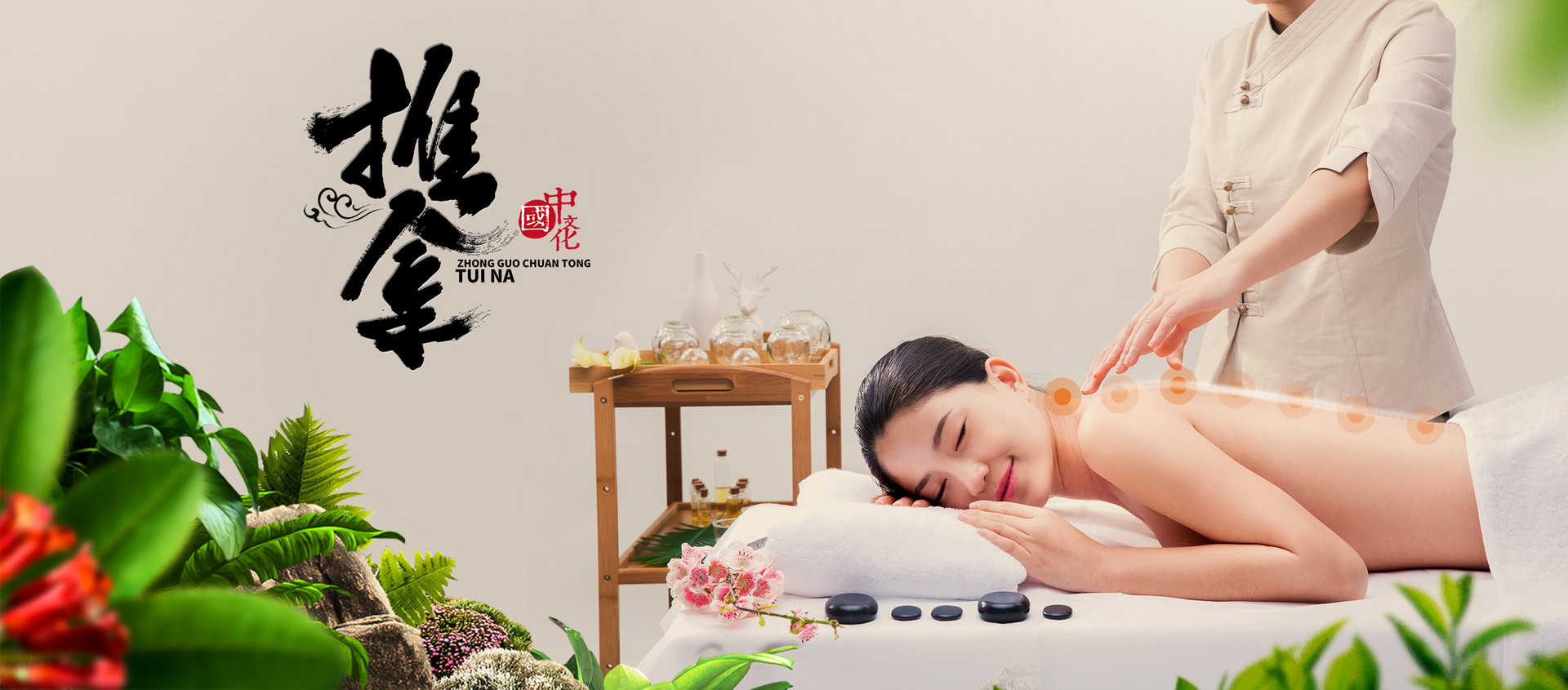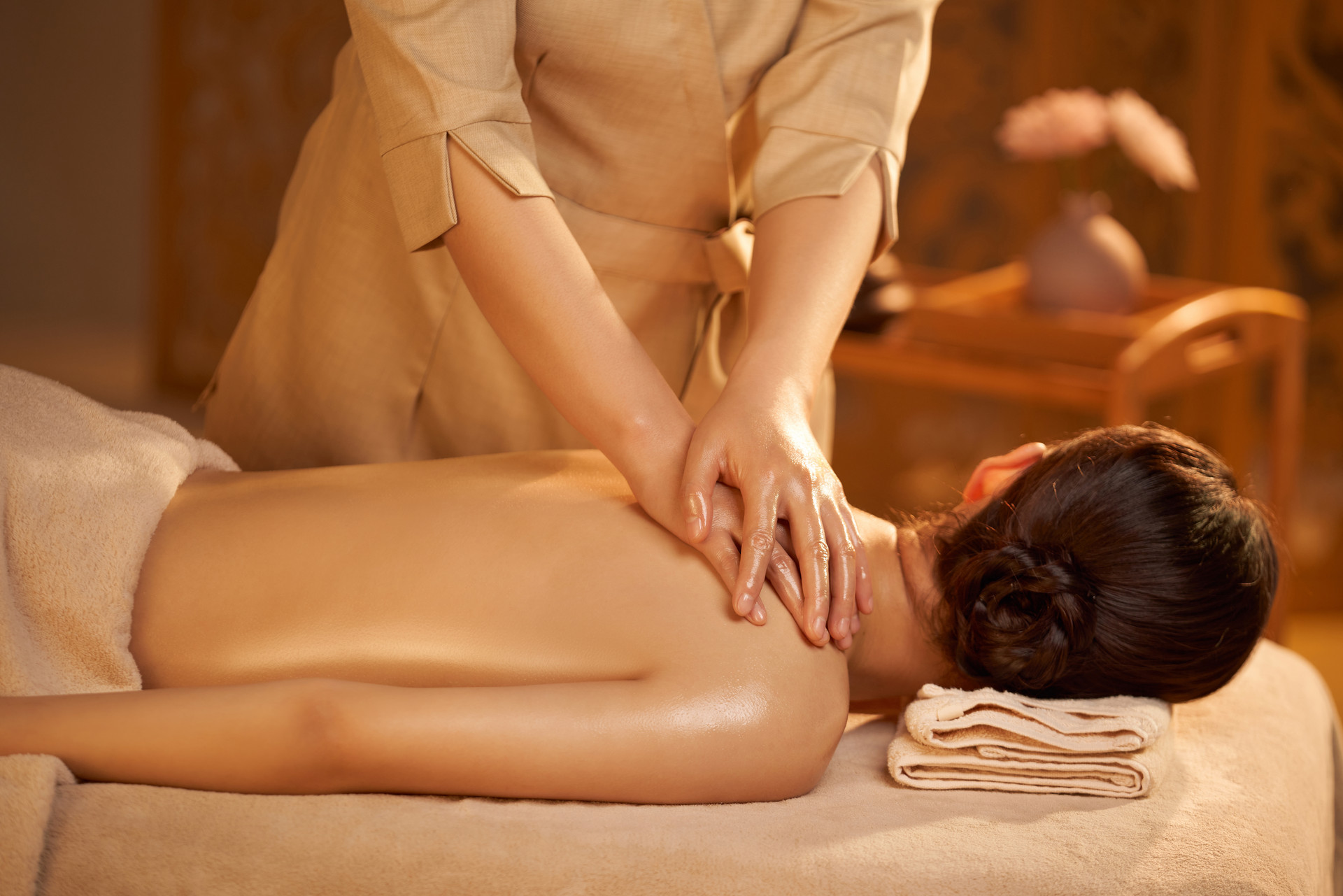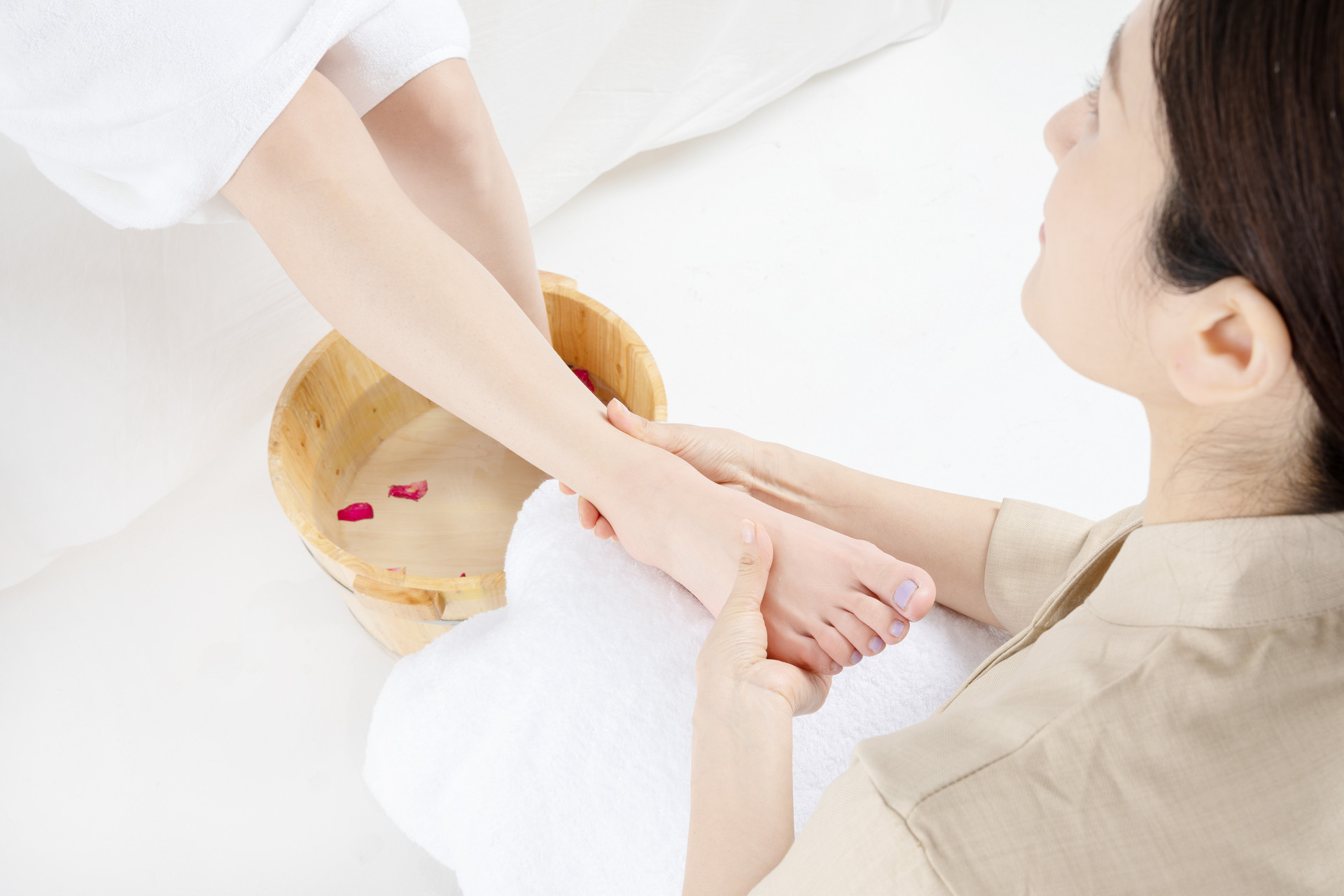Dysmenorrhea refers to the pain and discomfort that women experience in the lower abdomen or lower back during and before their menstrual period. It can even extend to the sacrum. This pain occurs with each menstrual cycle and can be accompanied by nausea, vomiting, cold sweats, cold hands and feet, and even fainting, which can impact work and daily life. Now, we will introduce some massage techniques for the prevention and treatment of dysmenorrhea, so that women can practice self-care in their daily lives.
1. Tap the lower back and sacrum
Massage method: Use both fists to gently tap the lower back and sacrum with moderate pressure. The speed should be even, alternating between left and right, at a frequency of 100 times per minute, until a mild warmth is felt.
Effect: In traditional Chinese medicine, menstruation is referred to as "Tian Gui," which actually represents kidney essence. The lower back is the residence of the kidneys, so tapping the lower back and sacrum can replenish the kidneys and nourish the essence, achieving the effect of pain relief and regulating menstruation.
2. Rub and press the Taichong acupoint
Massage method: Use the thumb of the left hand to rub and knead the right Taichong acupoint (located in the middle of the first intermetatarsal space on the dorsum of the foot) until a slight soreness or swelling is felt, and then switch to the right thumb to rub and knead the left Taichong acupoint for 1 minute.
Effect: According to traditional Chinese medicine, "When the Tai Chong meridian is abundant, menstruation will flow smoothly." Taichong is the most important acupoint on the liver meridian and is also effective for menstrual disorders in women. Dysmenorrhea is often associated with varying degrees of liver qi stagnation, which can cause pain if not properly regulated. Rubbing and pressing this acupoint can soothe the liver, promote qi circulation, and relieve pain.
3. Massage and rub the lower abdomen
Massage method: Place both hands on the middle of the lower abdomen, and use slow and gentle movements to massage the abdomen at a frequency of about 10 times per minute until a warm sensation is felt inside the lower abdomen. After massaging the abdomen for 5 minutes, use both hands to rub diagonally from the back to the front on both sides of the lower abdomen, towards the inguinal region, until a penetrating warmth is felt.
Effect: The lower abdomen is where the uterus is located. Massaging and rubbing the lower abdomen can promote microcirculation in the area, regulate menstruation, and relieve pain.
4. Stimulate and rub the uterus acupoint
Massage method: The uterus acupoint is located in the lower abdomen, 4 cun below the navel and 3 cun to the side. Stimulating the uterus acupoint directly targets the female reproductive organs and has the effects of promoting blood circulation, resolving blood stasis, regulating qi, and relieving pain.
5. Press and rub the Zusanli acupoint
Massage method: The Zusanli acupoint is located 3 cun below the outer knee crease, on the outer side of the tibia, at the width of one thumb. Use the thumb to press and rub the Zusanli acupoint with moderate force until a slight soreness or swelling is felt. Moxibustion with moxa sticks can be used for dysmenorrhea caused by cold in the uterus.
Effect: The popular saying "Frequent pressing of Zusanli is better than drinking chicken soup" is well known. Especially for weak women with deficient qi and blood, pressing and rubbing the Zusanli acupoint can tonify qi and blood, warm the uterus, regulate menstruation, and relieve pain.
It is worth noting that self-massage for the prevention and treatment of dysmenorrhea should begin about a week before menstruation. The purpose of treatment is to promote blood circulation, facilitate the downward flow of blood, and ensure smooth menstruation. The massage should be stopped once the menstrual flow begins and resumed in the next cycle. If an examination reveals the presence of organic diseases such as endometriosis, specialized treatment should also be sought.











